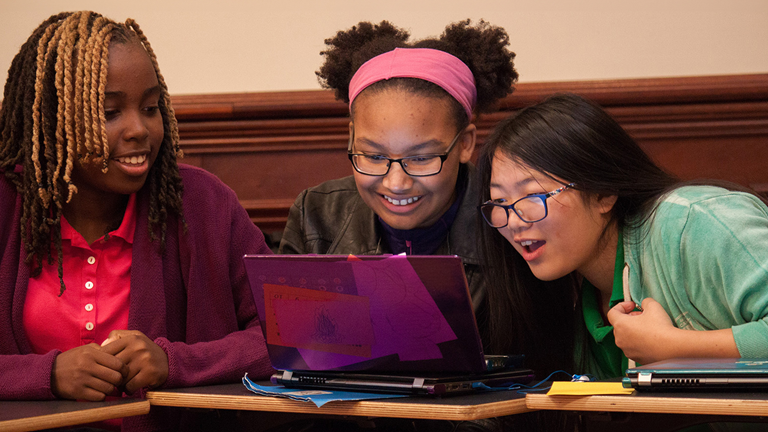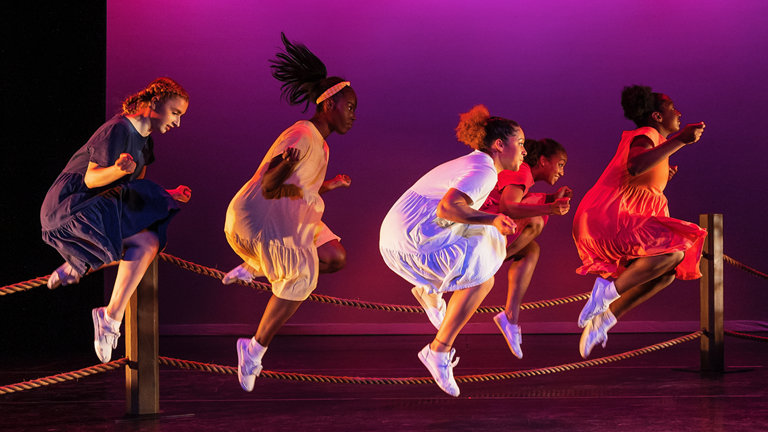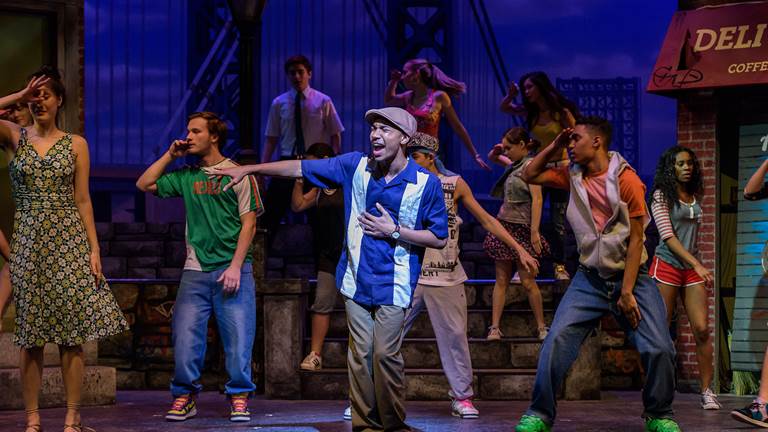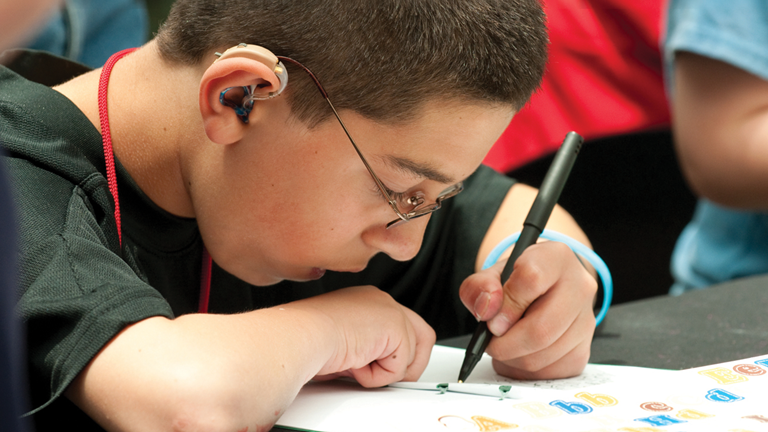WORLD PREMIERE KENNEDY CENTER COMMISSION
Doktor Kaboom: Under Pressure!
Be amazed by the power of pressure—and what it can teach us.
Equal parts interactive science, comedy, and personal empowerment messages, Doktor Kaboom returns with a new show. Doktor Kaboom: Under Pressure! illustrates physical science concepts, which are also metaphors for real-life mental and emotional pressures. Praised for keeping crowds riveted with interest and rolling with laughter, Doktor Kaboom is also known for empowering volunteers from the audience to be the heroes of the moment. In Under Pressure!, Kaboom validates the pressures some students may feel, and shares tools and life lessons as resources for dealing with the difficulties that face us all.
October 24-November 1, 2024
Family Theater, recommended for grades 3-6
Estimated duration is approximately 60 minutes.
Are you a parent, caregiver, or adult looking for a listing of available public performances and times (October 26-November 3)? Find out more on the public show page!









